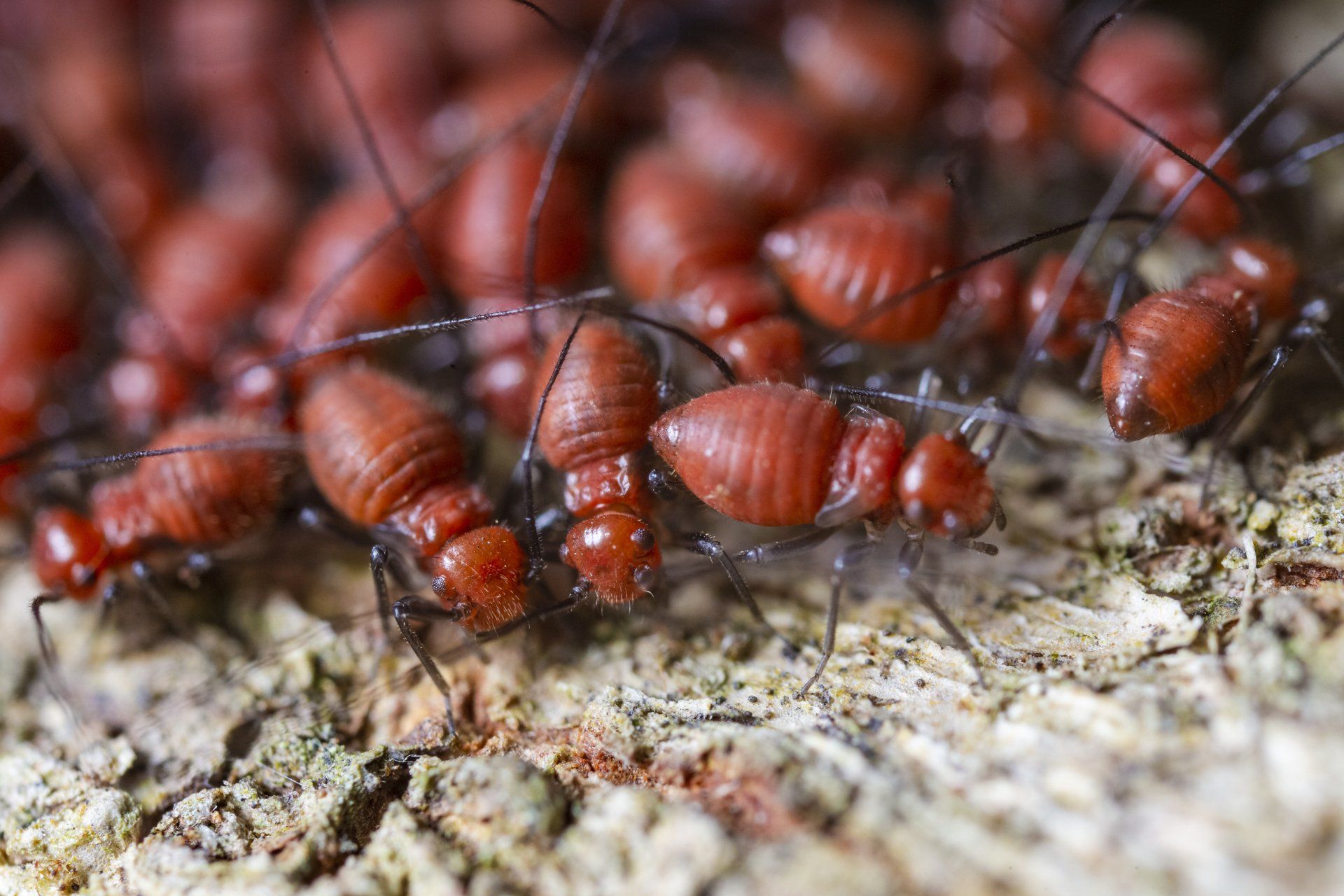Termite Trouble? Here’s What to Do If You Find Signs of Termites in Your Yard
Effective Steps to Protect Your Home and Yard from Termite Damage

Termites are often called silent destroyers because they can cause significant damage to your property without immediate detection. Finding signs of termites in your yard can be alarming, but you can manage the problem effectively and protect your home with the right steps. Let us guide you through identifying termite activity, understanding the risks, and implementing effective strategies to address and prevent termite infestations.
Identifying Signs of Termites
Before taking action, it’s crucial to confirm the presence of termites in your yard. Common signs include:
- Mud Tubes: Termites build mud tubes as protective tunnels between their colony and food sources. Look for these structures along your home's foundation, walls, or crawl spaces.
- Discarded Wings: Termite swarms leave behind discarded wings near windows, doors, or other entry points. These swarms usually occur in the spring and early summer.
- Damaged Wood: Termites consume wood from the inside out, leaving it hollow. Tap on wood structures and listen for a hollow sound or check for blistering or weakened wood.
- Frass: Termite droppings, known as frass, resemble small wood-coloured pellets These can accumulate near termite nests or infested wood.
Steps to Take If You Find Termites
Assess the Extent of the Infestation: If you identify signs of termites, assess the severity of the problem. Minor signs may not indicate a full-blown infestation, but acting quickly is crucial to prevent further damage.- Remove Wood and Moisture Sources: Termites are attracted to wood and moisture. Remove any wood debris, firewood, or lumber from your yard. Ensure that gutters and downspouts direct water away from your home to reduce moisture around the foundation.
- Create a Barrier: Consider creating a barrier between the soil and wooden structures. Use termite-resistant materials like concrete, metal, or treated wood for outdoor structures or foundations.
- Contact a Professional: Contact a professional pest control service for a thorough inspection and effective treatment plan. Companies like Plant It Earth and Fairway Lawns offer specialized termite control services to help eliminate existing colonies and prevent future infestations.
- Implement Preventative Measures: After addressing the immediate infestation, implement preventive measures to protect your property long-term. Regularly inspect your yard and home for signs of termites and maintain a clean, dry environment.
Preventive Tips to Keep Termites at Bay
Regular Inspections: Conduct regular inspections of your property, focusing on areas with wood-to-soil contact, such as fences, decks, and wooden siding.- Proper Ventilation: Ensure crawl spaces and attics are well-ventilated to reduce moisture buildup.
- Use Treated Wood: When building outdoor structures, use pressure-treated or termite-resistant wood.
- Seal Cracks and Gaps: Seal any cracks or gaps in your foundation, walls, and around utility lines to prevent termites from entering your home.
Finding signs of termites in your yard can be concerning, but with prompt action and preventive measures, you can protect your property from significant damage. You can effectively manage and prevent termite infestations by identifying termite activity early, removing attractive sources, and seeking professional assistance. Remember, regular maintenance and vigilance are key to keeping your home termite-free.
Critter Repellent All Natural Animal Repellent Blog












